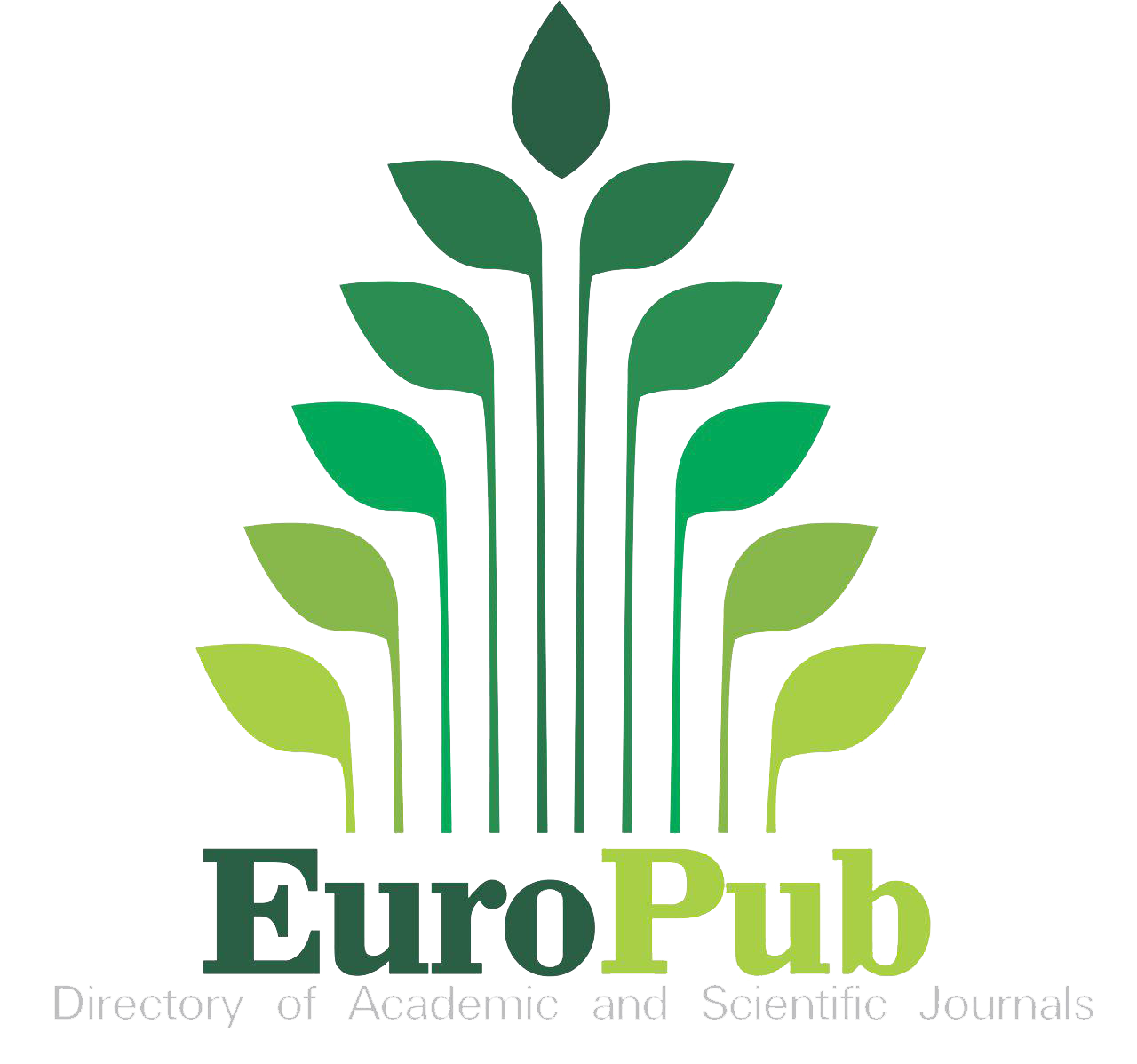EVOLUTIONARY HISTORY OF HUMANS IN EURASIA USING ANCIENT DNA DATA
24.02.2023
International Scientific Journal "Science and Innovation". Series C. Volume 2 Issue 2
Sharibjonova Sayyorakhon Abdurashidovna, Mamasolieva Marjona Jamoliddinovna, Urmanov Xurshid Nurjanovich
Abstract. Advances in ancient genomics provide unprecedented insight into modern human history. Recent progress in identifying prehistoric populations in Eurasia based on ancient DNA studies from the Upper Pleistocene to the Holocene is reviewed here. There were many ancient populations in the Upper Pleistocene of Eurasia, some with no significant lineage related to modern populations, some related to East Asians, and some contributing to Native Americans. By the Holocene, the genetic composition throughout East Asia had changed significantly, with several significant migrations. Three of them are directed south: an increase in the number of ancestors associated with the northern part of East Asia in the southern part of East Asia; the movement of ancestors associated with East Asia to Southeast Asia, mixing with ancestors from Main Asia; and the movement of ancestors from southern East Asia to the islands of Southeast Asia and the Southwest Pacific as a result of Austronesian expansion. We expect additional ancient DNA to expand our understanding of genetic history in Eurasia.
Keywords: DNA, Genetics, Eurasia, history of the peoples of Eurasia.
References:
1. Toshmatova, Shoirahon Ruzievna, and Saminjon Olimovich Usmanov. "Biological aspects of human adaptation to environmental conditions." ACADEMICIA: An International Multidisciplinary Research Journal 11.3 (2021): 2185-2188.
2. Isomiddinov, Zakirjon Jaloldinovich, and Khurshidjon Abduvahidovich Ma'murov. "BIODIVERSITY CONSERVATION AND THE IMPORTANCE OF PROTECTED AREAS." Nauchnaya diskussiya: voprosy mathematiki, physik, khimii, biologii 5-6 (2017): 89-93.
3. Nurzhanovich, Urmanov Khurshid. "History of DNA sequencing technology development." INTERNATIONAL JOURNAL OF SOCIAL SCIENCE & INTERDISCIPLINARY RESEARCH ISSN: 2277-3630 Impact factor: 7.429 11.12 (2022): 270-279.
4. Asimov , M. _ M. , et al. " NUCLEIN ACIDS , DNA VA RNA MOLECULASI . TEACHING MODULI. Internauka : 54-55.
5. https://pubmed.ncbi.nlm.nih.gov/?term=ancient+dna+human
6. https://www.science.org/doi/10.1126/science.aat7487
7. https://ru.wikipedia.org/wiki/%D0%90%D1%80%D1%85%D0%B5%D0%BE%D0%B3%D0%B5%D0%BD%D0%B5%D1%82%D0%B8%D0%BA%D0%B0
8. https://scfh.ru/papers/drevnyaya-dnk-i-stabilnye-izotopy-novye-otvety-na-starye-voprosy/
9. https :// biomolecula . ru / articles / drevniaia - dnk - privet - iz - proshlogo







